The Tannin Market is currently characterized by a dynamic competitive landscape, driven by increasing demand across various industries such as food and beverage, pharmaceuticals, and cosmetics. Key players are actively engaging in strategies that emphasize innovation, regional expansion, and sustainability. For instance, Tannin Corporation (US) has focused on enhancing its product portfolio through research and development, aiming to cater to the growing consumer preference for natural and organic products. Similarly, Kraft Chemical Company (US) has been pursuing strategic partnerships to bolster its market presence, particularly in the Asia-Pacific region, where demand for tannins is on the rise. These strategies collectively contribute to a competitive environment that is increasingly shaped by the need for differentiation and responsiveness to market trends.
In terms of business tactics, companies are localizing manufacturing and optimizing supply chains to enhance efficiency and reduce costs. The Tannin Market appears to be moderately fragmented, with several players vying for market share. However, the influence of key players like Tanac S.A. (BR) and Brenntag AG (DE) is notable, as they leverage their extensive distribution networks and established reputations to maintain competitive advantages. This competitive structure suggests that while there is room for new entrants, established companies are likely to dominate through strategic initiatives and operational efficiencies.
In August 2025, Tanac S.A. (BR) announced the launch of a new line of eco-friendly tannins derived from renewable sources. This strategic move not only aligns with global sustainability trends but also positions the company as a leader in environmentally conscious product offerings. The introduction of these products is expected to attract a broader customer base, particularly among companies seeking to enhance their sustainability credentials.
In September 2025, Brenntag AG (DE) expanded its distribution agreement with a leading tannin manufacturer in Asia, aiming to enhance its supply chain capabilities. This strategic action is significant as it allows Brenntag to tap into the growing demand for tannins in the Asian market, thereby strengthening its competitive position. The expansion is likely to facilitate better service delivery and responsiveness to customer needs in this rapidly evolving market.
In October 2025, Sierra Natural Science (US) unveiled a new digital platform designed to streamline customer interactions and improve order processing for its tannin products. This initiative reflects a broader trend towards digital transformation within the industry, as companies seek to enhance customer experience and operational efficiency. By adopting such technologies, Sierra Natural Science is positioning itself to better meet the demands of a tech-savvy customer base, potentially leading to increased market share.
As of October 2025, the Tannin Market is witnessing trends that emphasize digitalization, sustainability, and the integration of advanced technologies. Strategic alliances are becoming increasingly important, as companies recognize the value of collaboration in navigating complex market dynamics. Looking ahead, competitive differentiation is likely to evolve, shifting from traditional price-based competition to a focus on innovation, technological advancements, and supply chain reliability. This transition suggests that companies that prioritize these aspects will be better positioned to thrive in an increasingly competitive landscape.


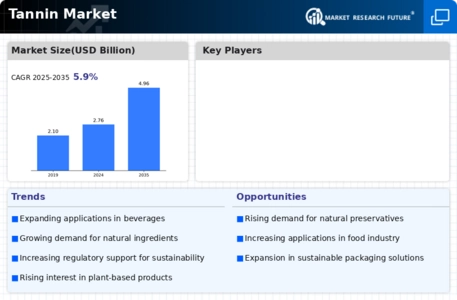
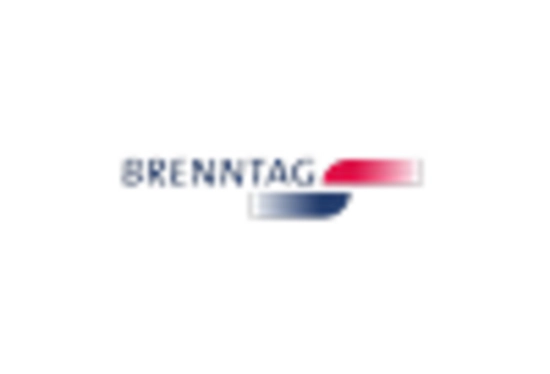
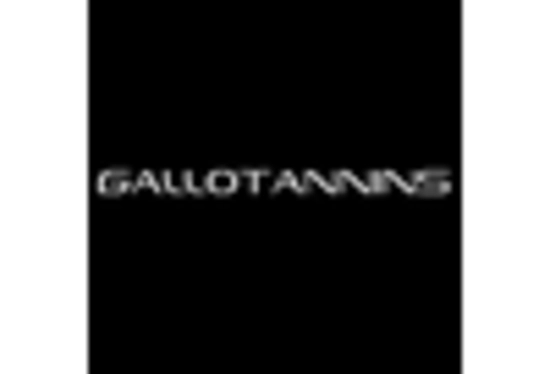
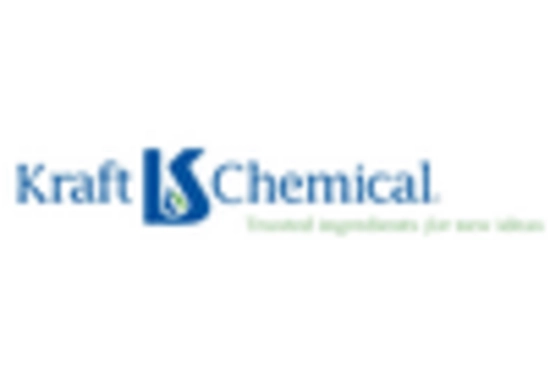
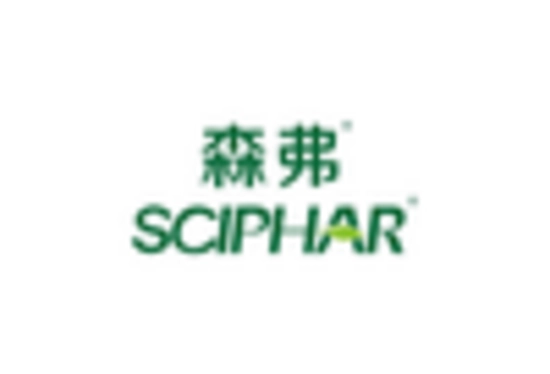
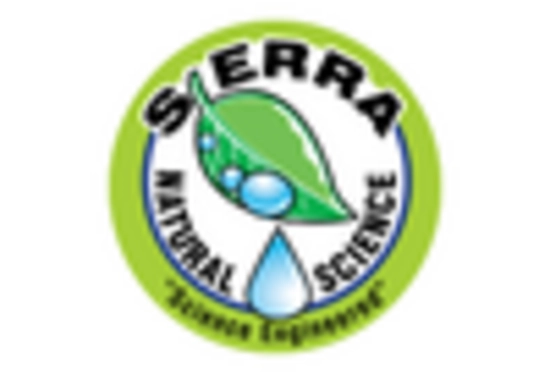
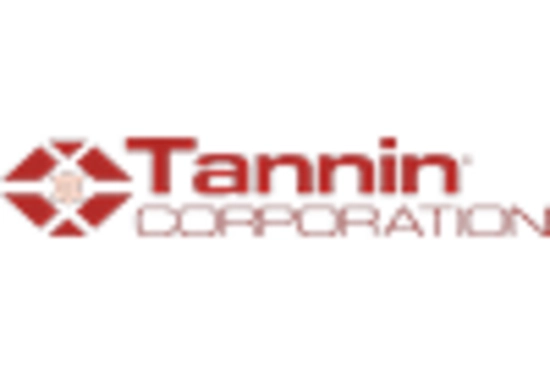








Leave a Comment